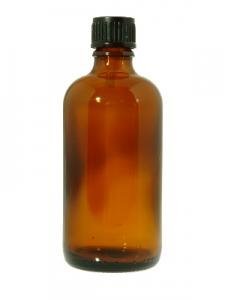The use of thyme leaves and the distilled oil for culinary, household and medicinal purposes goes back into the mists of ‘thyme’. It was an essential ingredient in the herbal medicine and religious traditions of ancient Mediterranean cultures.
The steam distillation process further intensifies its penetrating and powerful aroma and just a few drops will add a burst of herbaceous spiciness wherever it’s used. Its invigorating fragrance makes a perfect addition to homemade shampoo, stimulating your senses at the same time as cleansing your hair.
Try creating a citrus sensation by blending with bergamot, grapefruit or lemon or go for a more herby note by mixing with rosemary or pine.
| Botanical name | Thymus vulgaris |
| Consistency | Light/Medium |
| Colour | Red Brown/Orange |
| Plant part | Herb |
| Extraction method | CO2 |
| Note | Middle |
| Strength of aroma | Medium/Strong |
| Aromatic scent | Red Thyme has a clean, herbaceous, medicinal scent. It can be described as sharp yet warming. |
| Origin | Hungary |
| Blends well with | Red Thyme essential oil blends well with Lemon, Rosemary, Bergamot, Lavender, Grapefruit and Pine. |
| Cautions | Avoid using Red Thyme during pregnancy of if you have a history of high blood pressure. Red thyme contains high amounts of toxic phenols (carvacrol and thymol) that can sometimes irritate mucus membranes and cause skin irritation/sensitivity. |





Reviews
There are no reviews yet.